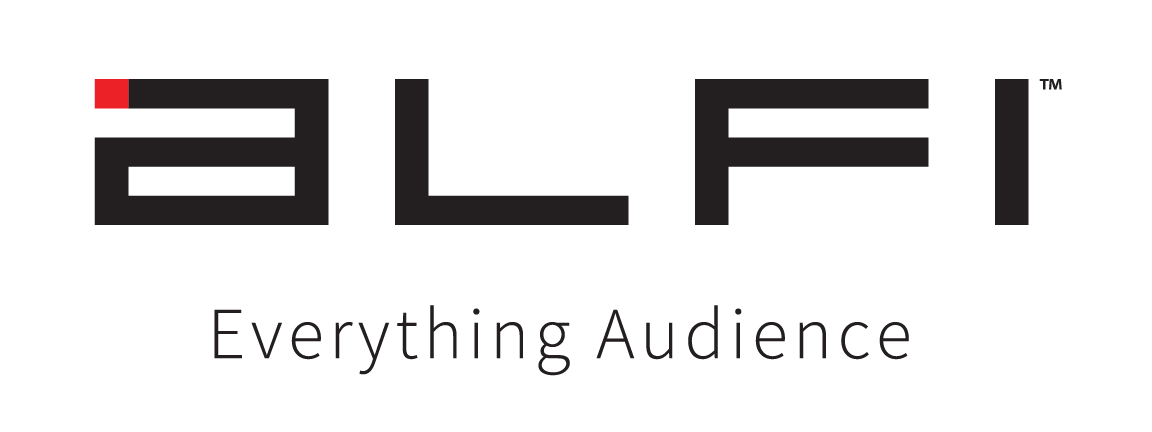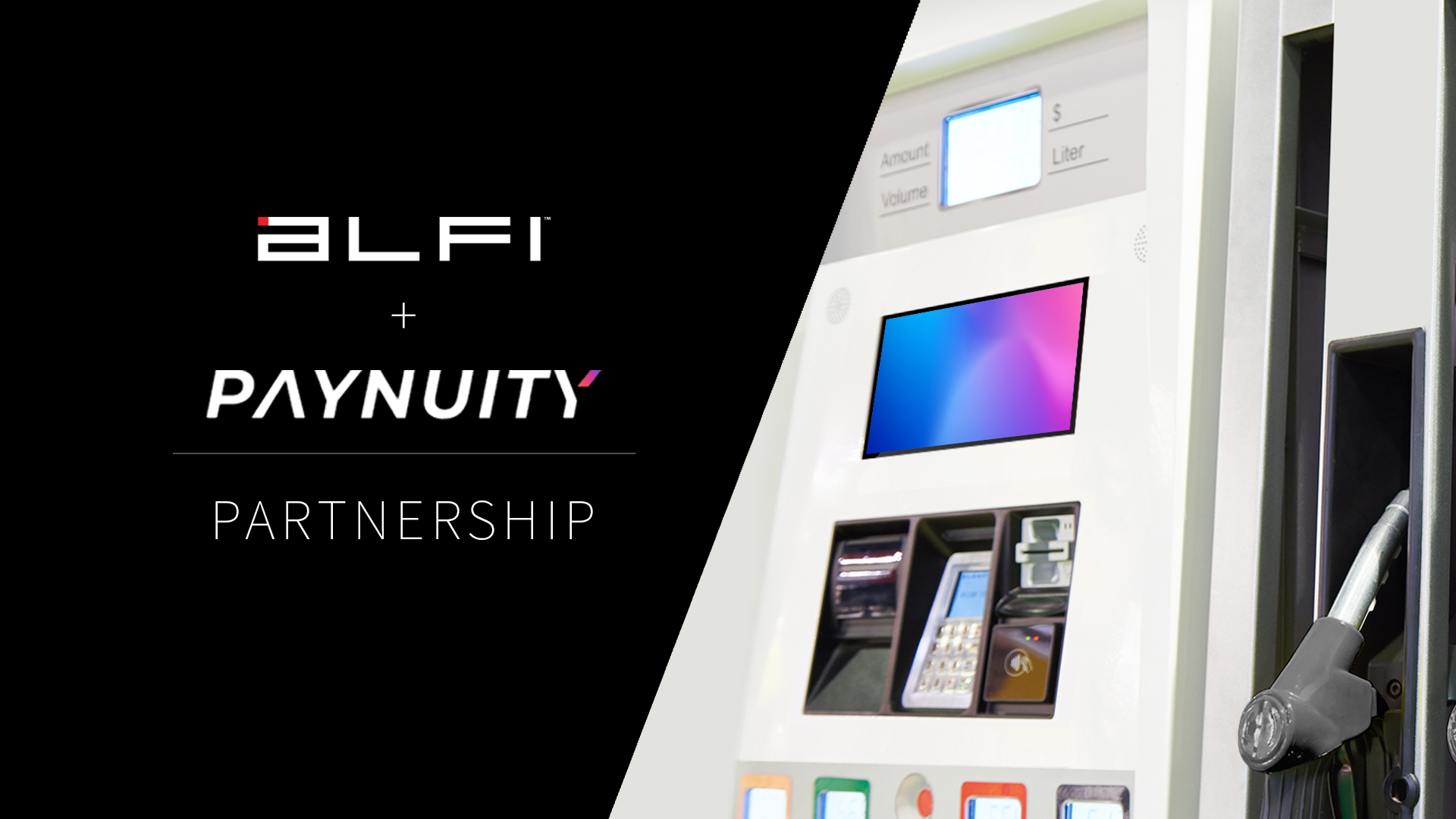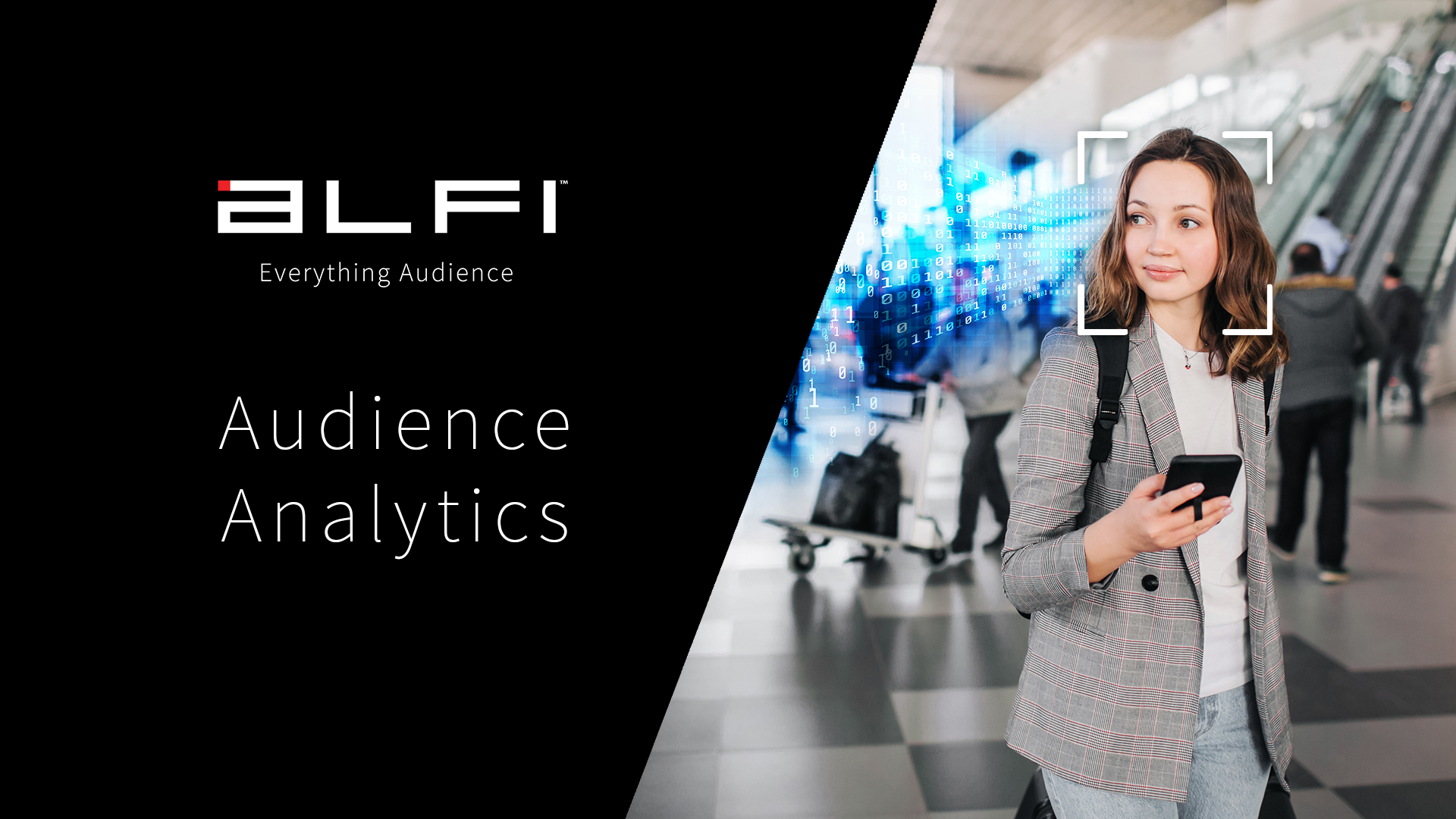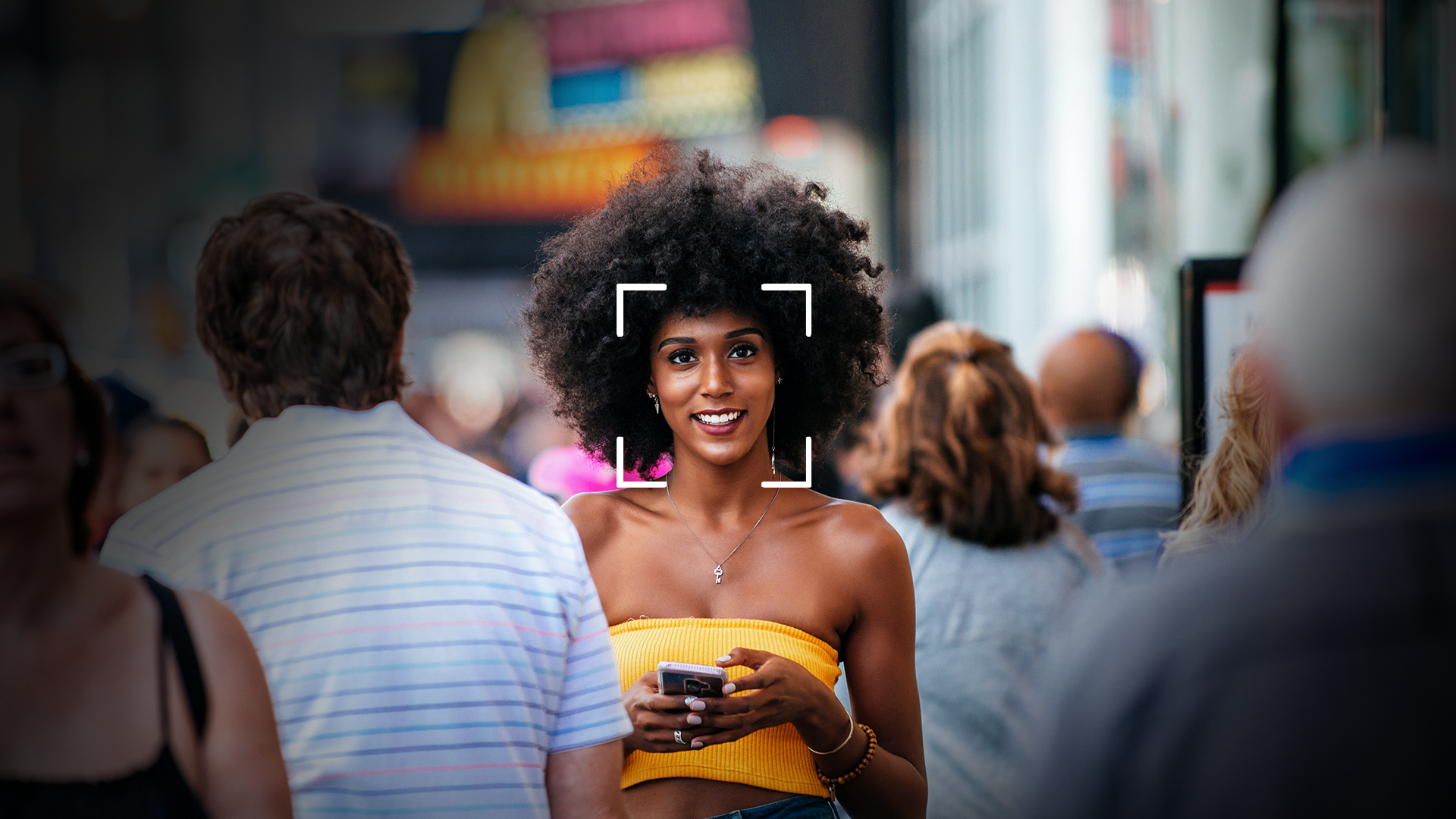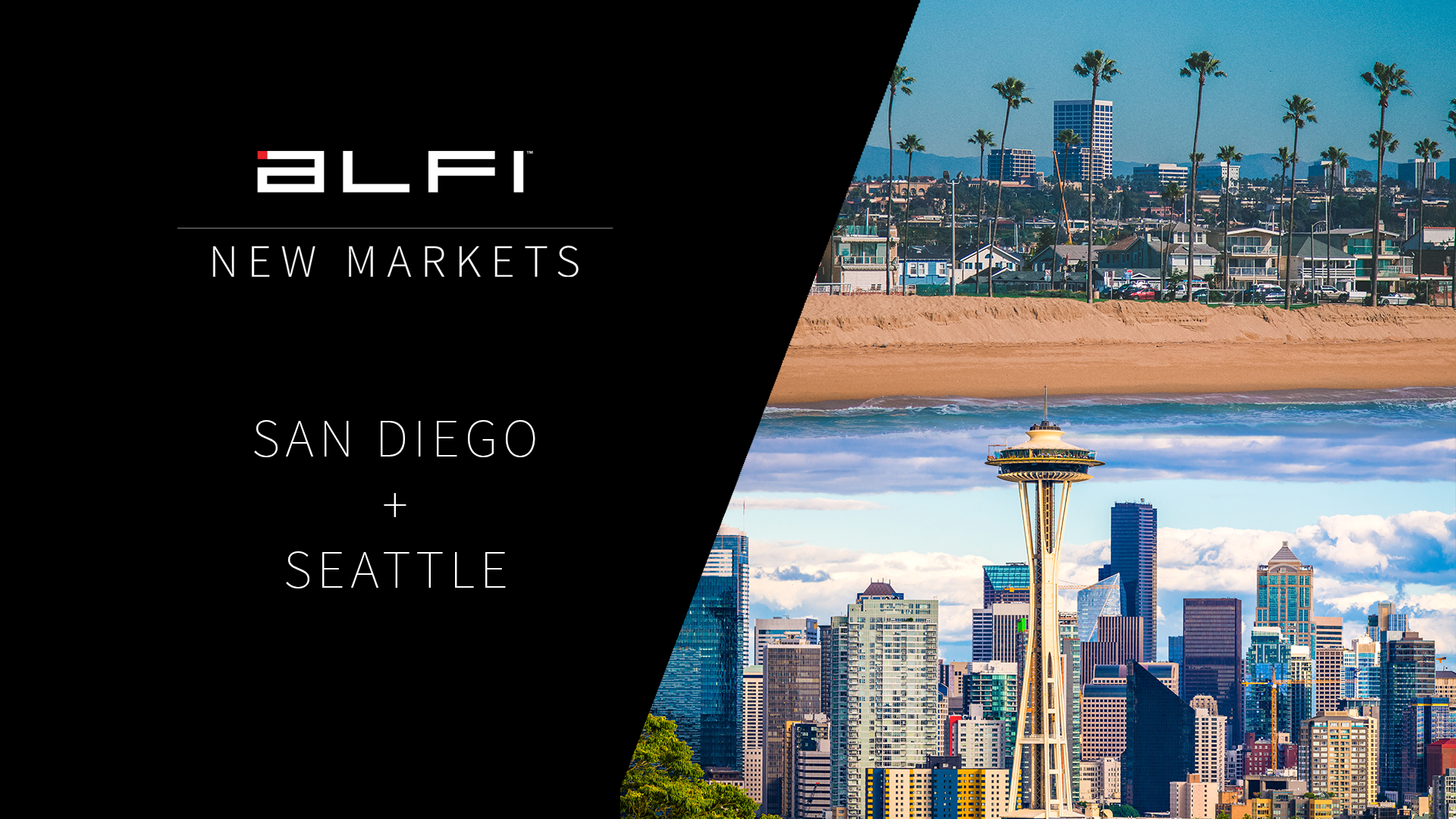The advertising market has seen its share of drastic changes within a relatively short period of time. Beyond society’s shift towards digital, consumer behavior and trends have also shifted dramatically, catapulting the out-of-home (OOH) advertising market ahead of the times with powerful technologies, valuable analytics, and real-time updates.
In fact, digital out-of-home (DOOH) advertising spend is predicted to account for more than a third of the overall OOH advertising market by 2025, according to recent global research commissioned by ALFI, a powerful AI enterprise SaaS advertising platform.
Research shows that the global market for DOOH – estimated at $18.8 billion in the year 2020 – is now projected to reach a revised size of $35.1 billion by 2027, growing at a CAGR of 9.3% over the analysis period 2020-2027.
Why are advertisers investing so heavily in digital out-of-home solutions? Because DOOH offers scalable options for delivering the right content to the right audience at the right time.
Before we dive into the research results, let’s cover why DOOH advertising is so popular.
Digital Out-of-Home Advertising: Fast, Effective, and Affordable
With third-party cookies on their way out and major tech companies drastically adapting the way they track consumer activity, companies who rely heavily on programmatic marketing tactics are seeking alternatives for audience targeting and behavioral tracking.
Digital OOH advertising combines the best parts of traditional out-of-home advertising with cutting-edge technology that allows for better targeting in real-time with more precise reporting and analytics.
While they are both effective marketing channels, digital out-of-home advertising has the edge over traditional out-of-home advertising in its flexibility, affordability, and insight into valuable consumer behaviors. With scalable components to each, OOH and DOOH can be combined for even more powerful brand solutions.
Just how successful are OOH and DOOH advertising?
According to the OAAA, OOH advertising revenue increased 38% in the second quarter of 2021 compared to the previous year, accounting for $2 billion. Digital OOH is leading the overall OOH recovery, and the segment jumped almost 80% when compared to the second quarter of 2020. DOOH makes up about 57% of the overall media spend at $128.4 billion. Want to know more about DOOH advertising? This article explains the latest trends driving advertising growth in 2021.
Before we get into the global research study findings, check out the latest from our blog.
ALFI’s Latest Articles on Digital Out-of-Home Advertising
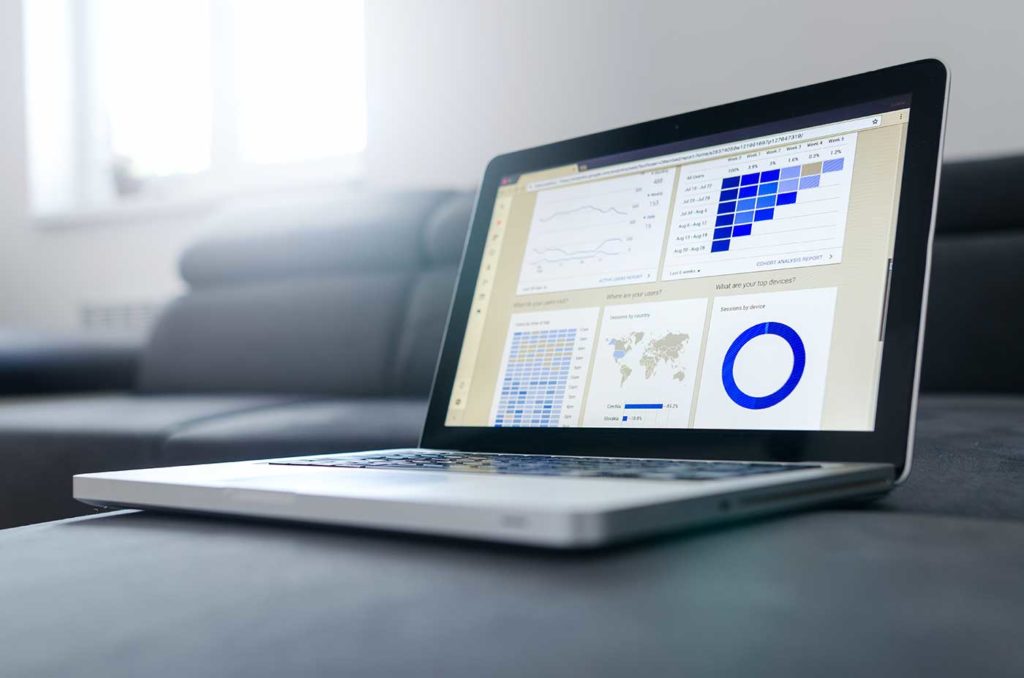
How Can Advertisers Collect Their Own First-Party Data?
Along with the development of advanced marketing and targeting technologies, a growing concern has emerged over the handling of personal user data. Google, Safari, Firefox, and other major browsers have phased out third-party cookies, drastically changing the way they track users and handle consumer data. Apple’s new iOS 14 feature expressly informs users of app tracking, promptly allowing users to opt out with the simple click of a pop-up.
With many companies heavily relying on the vanishing cookie, they are not properly utilizing the benefits of the first-party data – data that many are already collecting. First-party data is an incredibly valuable asset – not to mention free – and should be used as such. Plus in order to access first-party data, you’ve already gone through the process of gaining users’ consent. This provides added transparency and builds brand validation.
Because this data is derived from actual customers, it provides more relevant intel on real behavior. This makes it easier to convey personalized content to your users that drives customer loyalty. It also allows you to better understand and nail down your buyer persona, divide your segments more effectively, and analyze your website traffic. For more on how advertisers can optimize their first-party data usage, explore this article.
Everything You Need to Know About Billboard Advertising in Miami
The second most populous city in Florida, the tropical wonderland Miami boasts 23.3 million visitors each year and just over 450,000 residents. With so many major interstates and highways, entertainment and sports venues, and overall digital ad spaces available, billboard pricing in Miami can actually be quite competitive. There is no limit to what can be done in terms of outdoor advertising in sunny South Florida.
With major billboard spaces available along I-75, I-95, 595, and 195 – among others – the possibilities are endless: from physical to digital to mobile billboards. The range of billboard pricing in Miami is determined by the size of the ad space, the geographic market, its out-of-home (OOH) rating, and the technology involved. Physical, vinyl billboard spaces tend to be less expensive than digital ones, with small physical billboards costing $300-500 on average, medium ones $700-3,000, and large ones $1,500-5,000. For more info on Miami billboard advertising, you can read the full article here.
Top benefits of DOOH advertising cited as “Added variety” and “Increased opportunity for campaign relevance.”
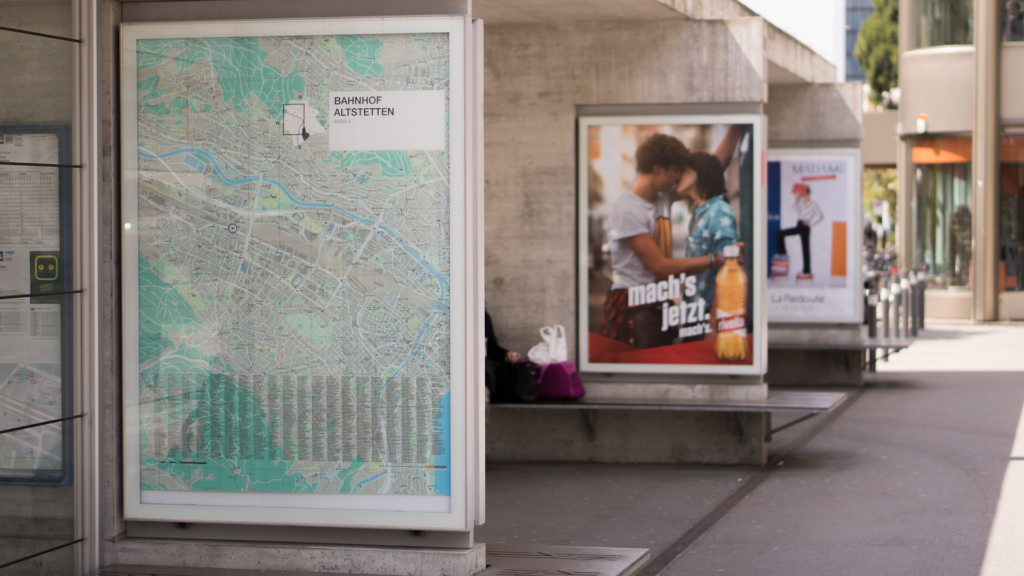
DOOH Advertising Spend Predicted to Account for More than One-Third of OOH Advertising Market by 2025
Whatever the future of advertising brings, it’s clear that digital will be involved. The latest global research study commissioned by ALFI has revealed that 50% of global senior advertising executives believe that ad spend will increase between 28.3% and 33% by 2025; 30% think ad spend will make up 33%-35% of the total market share, while 18% believe it will surpass these figures by 2025.
According to ALFI’s CEO, Paul Pereira, “DOOH advertising is one of the fastest-growing and most dynamic trends in the advertising sector and it will only intensify in the coming months and years. Its ability to deliver high impact and tailored campaigns, with comprehensive and detailed reporting means more advertising executives are looking to use it in their strategies and programs.”
As more advertisers seek ways to find the right person at the right time with the right message, OOH technologies and solutions for enhanced tracking, retargeting, personalization, and greater campaign attribution and measurement are being signaled as priority solutions.
In fact, interest in the DOOH advertising market has already surpassed previously predicted growth, with 81% of surveyed advertising executives predicting it will rise to between $50 billion and $60 billion, instead of 2020 reportings of $41.06 billion.
Why the sudden growth beyond previous figures?
The DOOH market offers a host of valuable benefits for advertisers that are likely to increase in importance. When polled regarding the key DOOH benefits, the majority of surveyed ad executives listed “added variety” (56%), “increased opportunities for campaign relevancy” (53%), and “delivering fewer restrictions” (51%).
This research study was conducted in June of 2021 when ALFI commissioned global market research company PureProfile to conduct 100 interviews amongst senior advertising professionals working in the digital advertising industry. These interviews were split across five markets: the United States, United Kingdom, France, Germany, and Asia.
| Benefits of digital out-of-home advertising | Percentage of advertising executives who think the importance of this benefit will increase dramatically over the next three years | Percentage of advertising executives who think the importance of this benefit will increase slightly over the next three years |
| Added variety | 56% | 32% |
| Increased opportunities for campaign relevancy | 53% | 34% |
| Fewer restrictions | 51% | 30% |
| Detailed reporting | 47% | 37% |
| Lower management costs | 40% | 46% |
Pairing DOOH and powerful technology creates unlimited opportunities for advertisers, brands, and businesses alike. As people are traveling back out into the world, more and more out-of-home interactions take place daily with more opportunities for brands to connect to their target audiences.
“Digital technology is becoming more and more integrated with the changes in consumers’ interaction with advertisers, and there is more to come,” continued Pereira. “Now it is a matter of finding the right partner that can not only provide these benefits but also house them under one pane of glass, saving time and money.”

What do the results mean for advertisers?
With the death of the cookie and questionable use of third-party data, enhanced web privacy features, and advertising blindness, brands need better ways to connect with target audiences.
Advertisers are increasingly demanding enhanced performance and capabilities from the ad technology they utilize. With its powerful visuals and tech capabilities, DOOH is transforming the way advertising is done in more ways than one. Beyond a mere skip, block, or mouse click, DOOH invites viewers to participate, offering more tailored, updated, relevant content and yielding valuable insights into consumer behavior.
Plus, by adding DOOH to your online and mobile campaigns, you’ll gain the ability to engage with consumers throughout their day, creating a long-lasting brand experience. Data-rich reporting functionality informs advertisers when someone viewed their ad, how many times it was viewed, and how viewers reacted to the content. To excel in an increasingly digital sphere, advertisers need more enhanced performance and capabilities from the ad tech they employ.
This is where ALFI delivers impressive real-time analytics, accountability, transparency, proof of engagement, and actual impressions. ALFI helps companies with brand message distribution with increased ROI, data reporting, advanced accuracy, and ad performance insights.
When you’re ready to experiment with programmatic DOOH, take it to the next level with intelligent, compliant data. Want to know more? Drop us a line and our team will get in touch with you!
